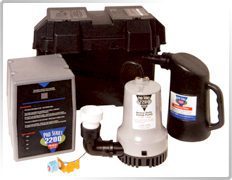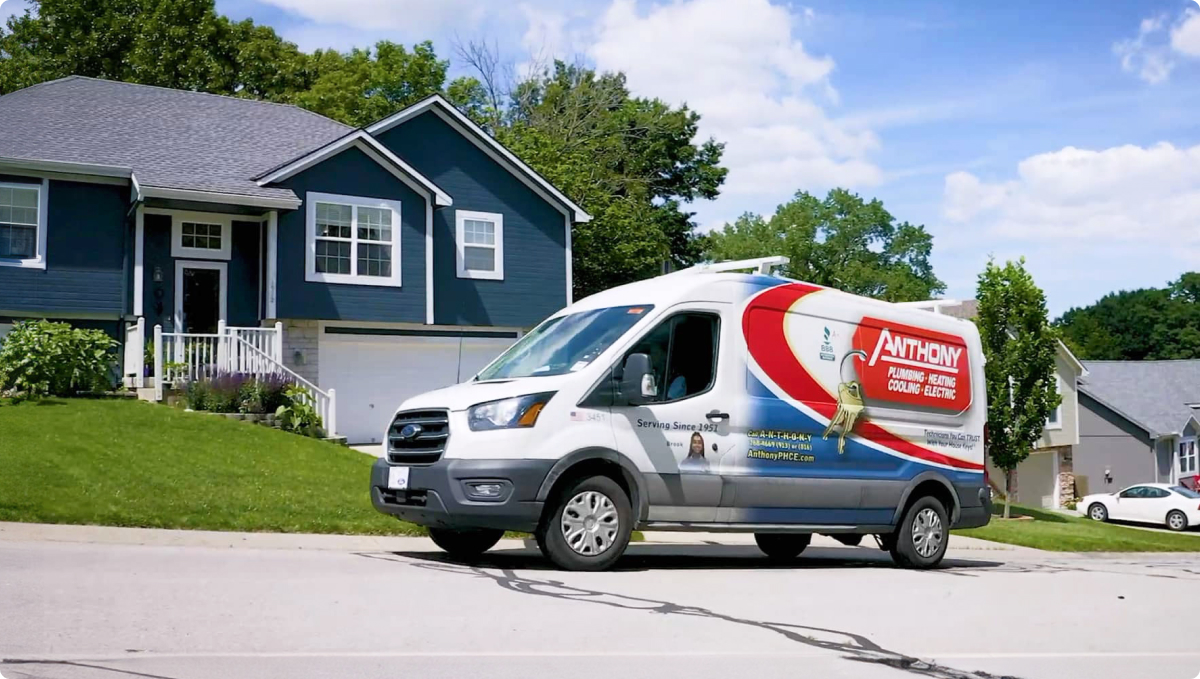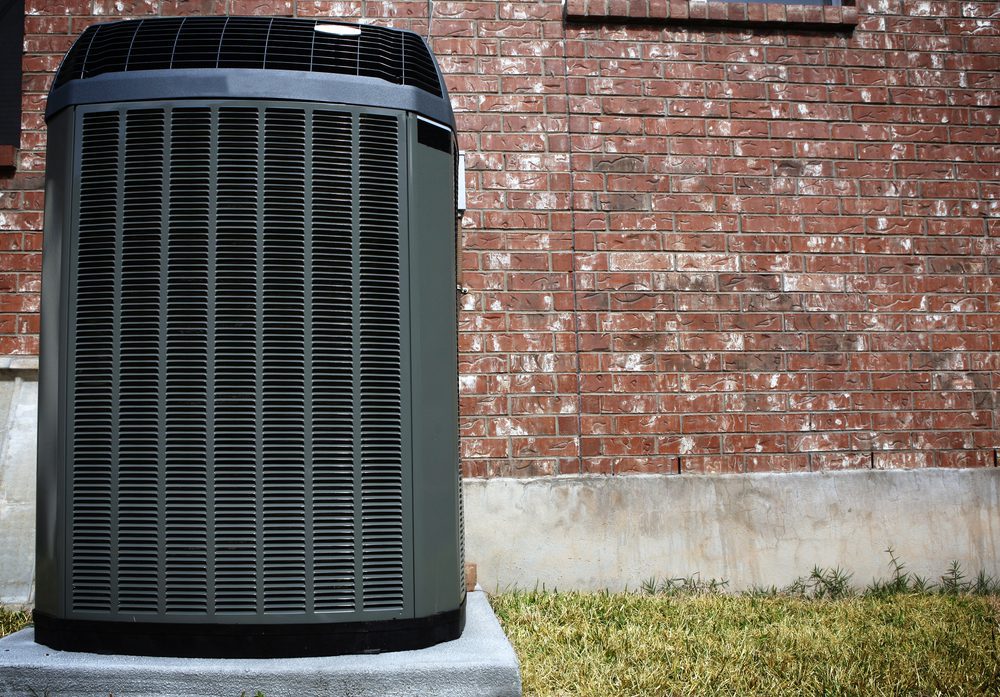Check Your Sump Pump Before It’s Too Late

Your sump pump system is your main line of defense against indoor flooding, but only if it is working! If you have a finished basement, or if you are storing valuables in an unfinished basement, you should take regular steps to ensure that your sump pump system is working.
To be well protected against the devastating financial losses associated with indoor flooding, you need to do the following:
- Test your sump pump now, before the torrential rains and power outages do it for you, AND
- Invest in a Battery Back Up Sump Pump if you don’t already have one.
How do I know if my Sump Pump is Working?
Sump pumps get a real workout during the rainy season, and they can stop working at any time. But sitting idle without regular use can also cause them to fail. You should test your sump pump frequently by taking these easy steps:
Step 1: Test the Pump
Fill the pump pit with water and watch to see if the pump activates. If it doesn’t, and you know you have power to the outlet, then the pump needs to be replaced.
Step 2: Watch the Drain
Watch the pump drain water out of its basin. Make sure there are no leaks in the discharge pipe. Go outside to ensure that water is terminating where it is supposed to.
Step 3: Test the Shut-off
Stay until the pump turns off, so you know its shut-off feature is working properly. A pump that won’t shut off will eventually overheat and may stop functioning altogether. If the pump does not shut off automatically, it will need to be repaired or replaced.
If my Sump Pump is Working, Do I Still Need an Additional Battery Backup Sump Pump?
In order to fully defend against indoor flood damage, you need a battery backup sump pump in addition to your regular sump pump. Sump pumps can fail at any time, and they do not warn you ahead of time when this has happened, so a backup pump will provide just that – a second chance at stopping the flood if the primary pump fails. Also, battery backup sump pumps work whether or not the electricity has been lost due to storm activity, and in the Midwest electrical outages are common during the stormy seasons.
A battery backup sump pump will also pump along with your primary pump when there is more water than your primary pump can handle. A backup pump will typically handle 1000 to 2200 gallons per hour. It also has a maintenance alarm to notify you when service is needed.
How Do I Test My Backup Sump Pump?
A battery backup sump pump should be tested in the same way as your regular pump. With the primary sump pump unplugged, run through steps 2 and 3 from above and make sure the pump drains the water and shuts off.
During the testing process, keep an eye on the battery indicator light. If it remains green, it is a good indication that your battery is strong. Fortunately, battery backup sump pumps have alarms that alert homeowners when the battery is nearing the end of its life.
Does the Battery in my Backup Sump Pump require Maintenance?
Some do. Maintenance-free batteries are aptly named, and shouldn’t need maintenance as long as they are being charged. Some backup sump pump batteries are not maintenance-free however; these batteries need to have the water levels checked in their cells every 6 months. If your battery has removable caps on the top of its cells then you will need to keep the water level up. The batteries used for this application are special standby batteries and not car batteries or deep cycle marine batteries. Standby batteries last approximately 5 years.
How Often Should I Replace My Sump Pump?
The average sump pump lasts for about 7 to 9 years. You should replace or repair the pump if it fails any of the tests above.
Here some warning signs that your sump pump might be failing:
- Makes strange noises
- Vibrates excessively
- Infrequent pump usage
- Runs all the time
- Irregular cycling
- Visible rust
- Seven years or older
- Motor sometimes gets stuck
- Motor failure
- Installed by the builder
- Frequent power outages
Check Homeowner’s Insurance
Not all insurance adequately covers damaged valuables or the costly repairs necessary to undo water damage and the mold growth that occurs afterward. Flood insurance riders may not cover damage caused by malfunctioning sump pumps unless you have a sump pump rider, and it still may not cover sump pump failures unless you can prove regular maintenance was done on the unit.
Call Anthony Plumbing, Heating, Cooling & Electric
A qualified plumbing professional can best make the assessment of whether a sump pump system needs to be repaired or replaced and when, and our plumbers are trained to do just that. Anthony stocks both sump pumps and battery backup sump pumps on all trucks to be available whenever you need them. So don’t hesitate to contact us at A-N-T-H-O-N-Y (268-4669) KS or MO or click here to schedule a visit.



